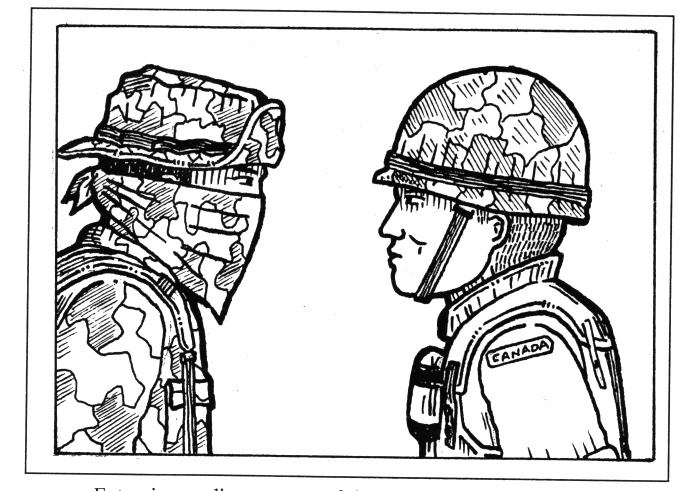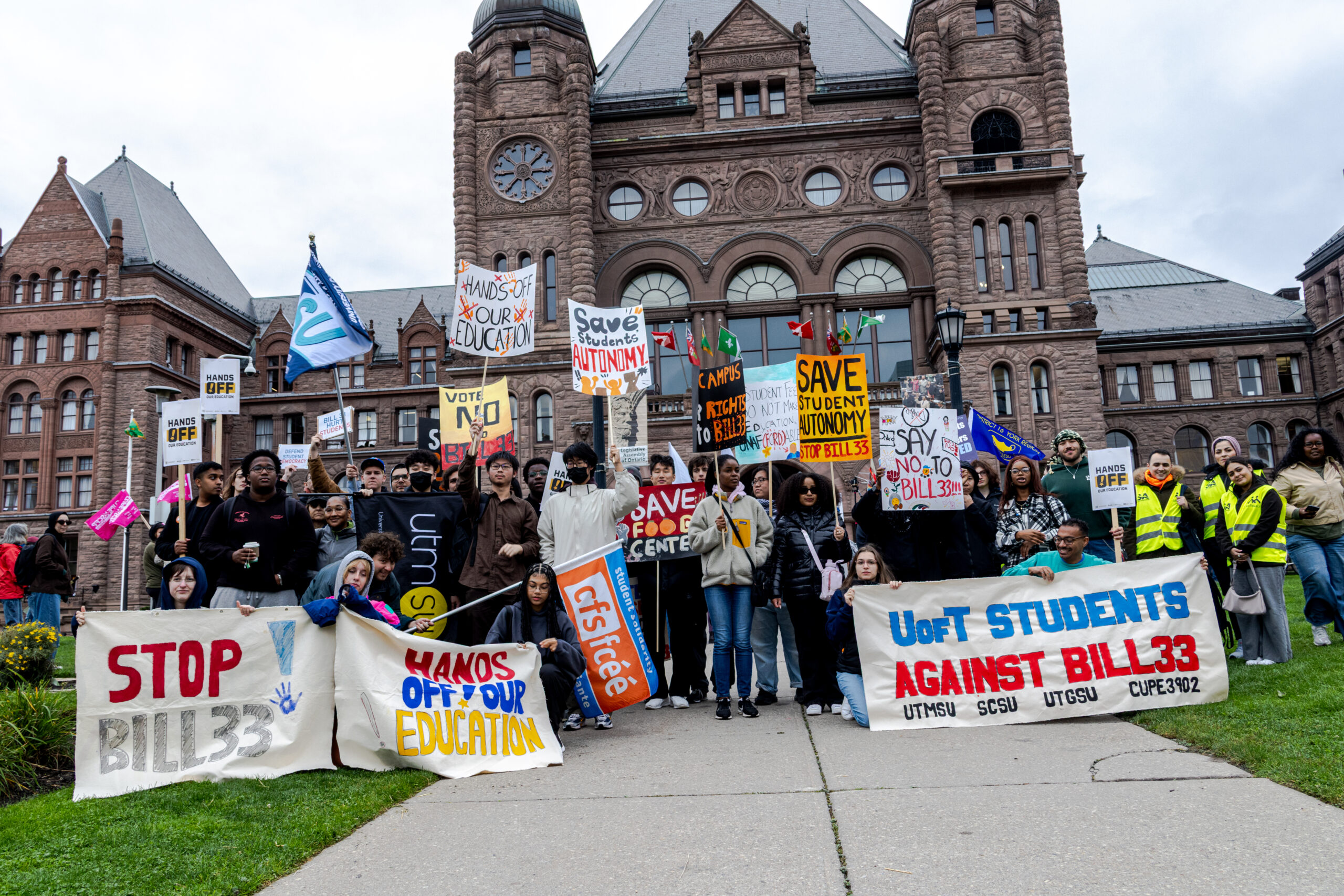By Karen Nickel
Dialog Reporter

The name, Idle No More, unfortunately suggests that people have been idle until now; this is far from the truth. There has been continuous pressure by First Nations, Métis and Inuit communities insisting on exercising their rights to use their land, fish and hunt, but Canada has been negligently slow in recognizing those rights.
In 1969, the Liberal government released its, “Statement of the Government of Canada on Indian Policy”, better known as the White Paper. The White Paper acknowledged discrimination, and inequality, but laid the blame on the treaties. There couldn’t be a wider difference between what each side thought a treaty was.
The White Paper stated, “The terms and effects of the treaties between the Indian people and the government are widely misunderstood. A plain reading of the words used in the treaties reveals the limited and minimal promises which were included in them”.
The paper argued that treaties created special considerations which caused, “discrimination, isolation and separation” and it called for the integration of “Indians” into the dominant society, by the abolishment of “The Indian Act”; the elimination of the status “Indian”; the removal of “Indian land” from federal jurisdiction to the provinces; and “reserves” being opened to private property ownership (sound eerily familiar? It should).
The response was fast; a policy paper from the Alberta Chiefs called “Citizens Plus” also known as “The Red Paper”, summed up what they believed, “To us who are Treaty Indians there is nothing more important than our treaties, our lands and the well being of our future generations.”
The Red Paper rebutted the government’s position of assimilation section by section as laid out in the White Paper; and held that treaties were agreements with the “Crown” that could not be altered or changed. B.C. chiefs responded with, “A Declaration of Indian Rights: The BC Position Paper”, known as, “The Brown Paper”. The government officially withdrew the White Paper in 1971.

This didn’t happen in an academic bubble though. Communities across Canada rallied and advocated for themselves. In B.C., the President of the Indian Homemakers Association, Rose Charlie, went on two “moccasin walks” in an effort to get 140 band chiefs together (the largest assembly in BC history) to strategize how to respond to the ‘White Paper’.
In an interview on the University of B.C.’s Indigenous Foundations website, Charlie states, “I felt it was really important for the chiefs to understand, what is the true content of the Indian White Paper policy”; noting wide-spread discrimination against Indigenous Peoples. Charlie helped inspire and found the Indian Brotherhood (later the Assembly of First Nations) and the Native Women’s Association of Canada.
In the east of Canada in 1969, a different strategy was employed. The Mohawk people of Akwesasne, (where Ontario, Quebec and the United States meet), blockaded the bridge between Cornwall and the United States. They had exhausted all avenues of getting their grievances heard and with growing frustration decided to stand up and be noticed. This direct approach, of blockading and occupying increasingly became the face of indigenous sovereignty struggles that made it into mainstream Canada’s awareness. Canada would reply with police with batons and tear gas at Burnt Church, the Canadian army at Kanehsatake (near Oka), at Ipperwash there were the OPP bullets, and at Gustafsen Lake the RCMP even used landmines.
This feature on the history of indigenous struggle continues in part two.


